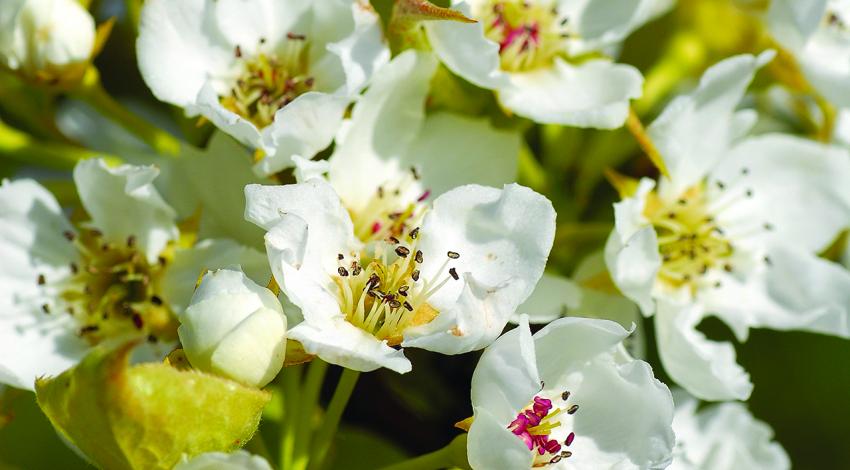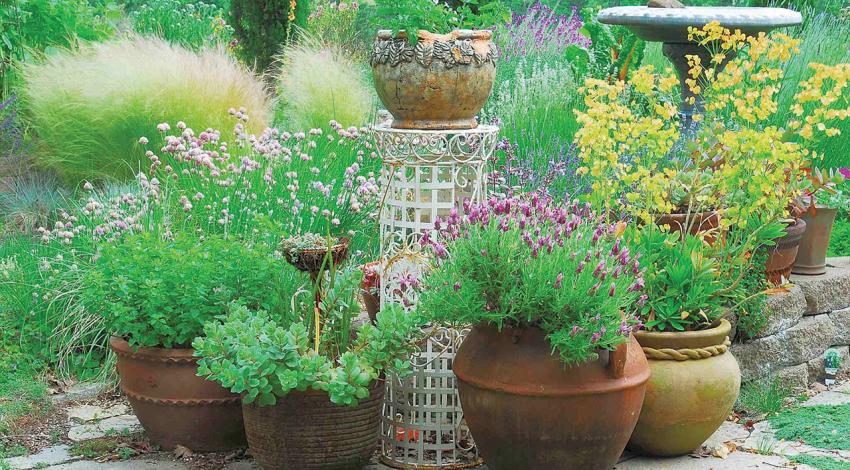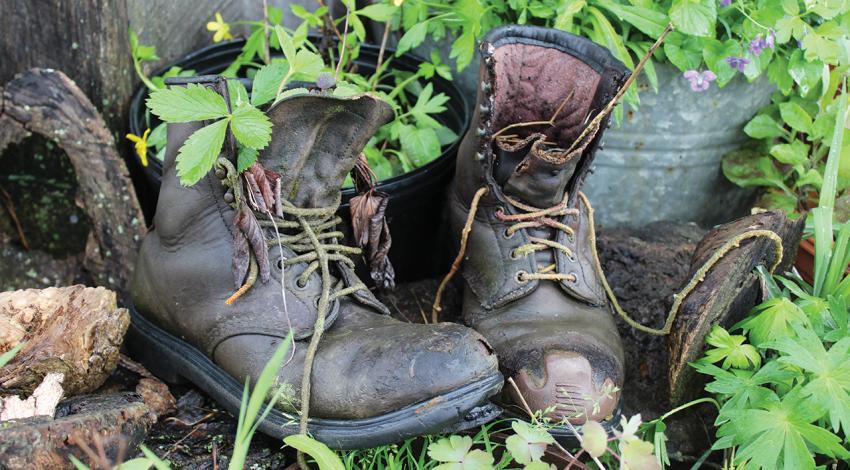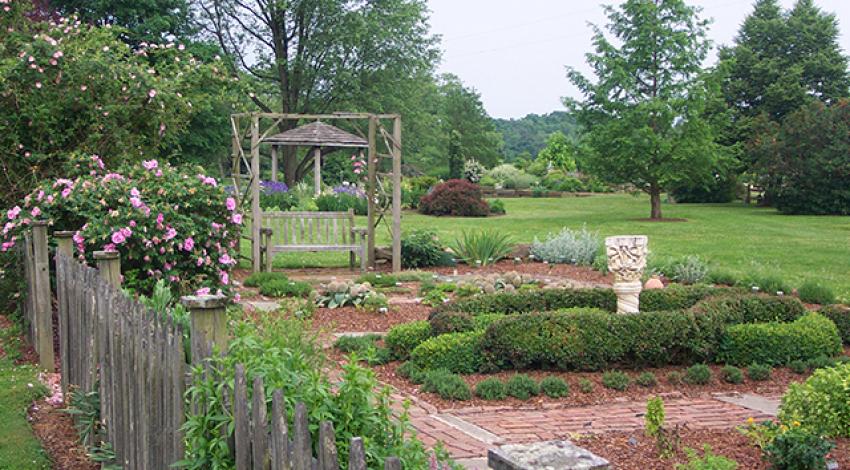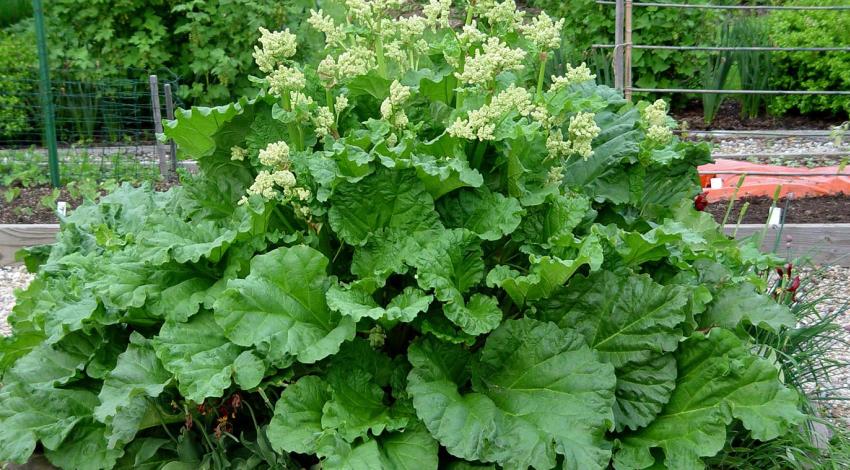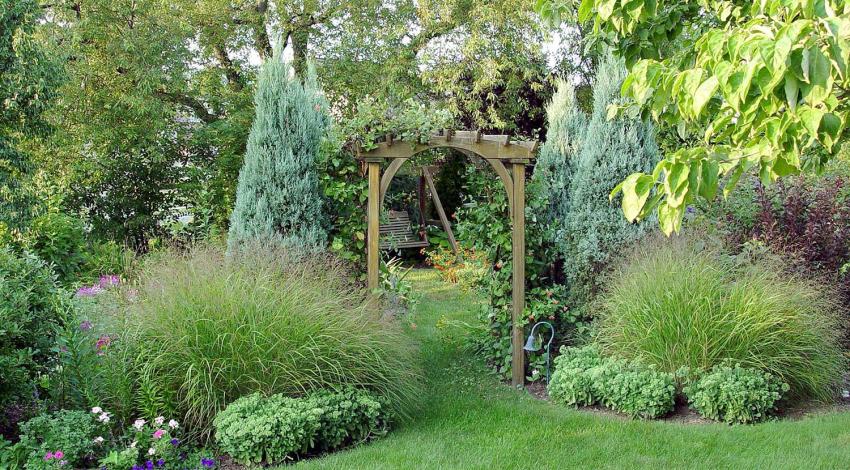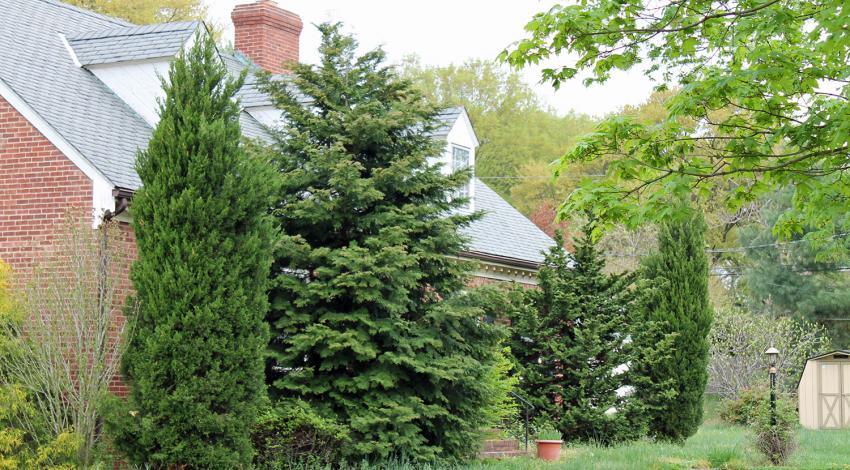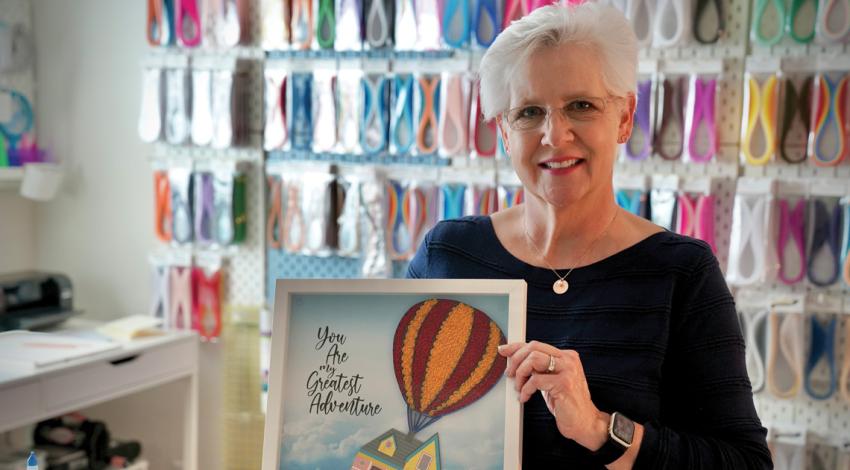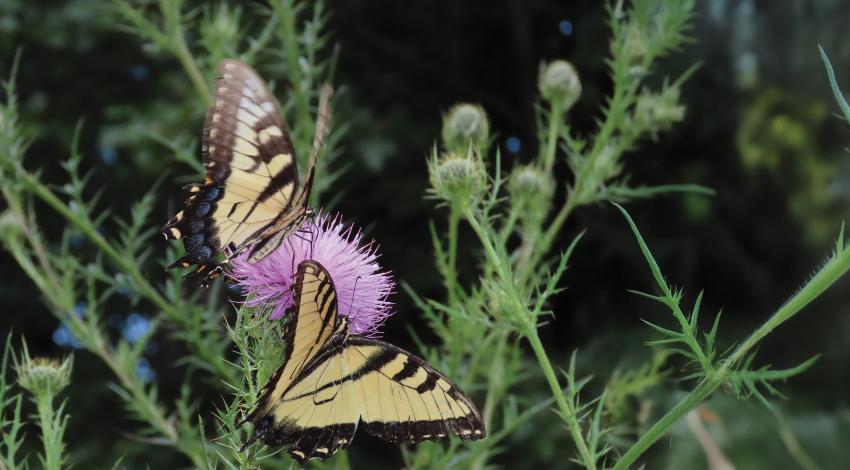This time of year finds many of us looking to brighten up the cold and gloomy days of winter. And there’s no better way to jump-start spring than with flowering branches from your garden or yard. With just a little coaxing, you can fill your indoors with a profusion of colorful blooms by forcing spring-flowering branches to bloom weeks ahead of schedule.
In The Garden
You may have room to grow culinary herbs in your garden, but a group of potted herbs growing right outside your door offers both portability and easy access to your favorite herbal seasonings in the kitchen. Growing herbs in containers also solves many gardening problems: it allows easy improvement of poor soil; curbs invasive herbs such as mint; and even spares gardeners the agony of sore knees.
The first containers Kathleen Killilea remembers planting were terra cotta window boxes with cherub embellishments. “My father lifted me over the wall of a client’s garden and handed them to me,” she recalls. Killilea’s job was to place those flower boxes she had helped to plant. She and her brothers played assistant to their dad, who started working at deMonye’s Greenhouse in Columbus when he was 13 years old and grew up to own it.
Smiles and giggles are everywhere as each child follows his or her butterfly. The adults stand ready with their cameras and their own smiles.
Every year, The Butterfly Migration Celebration is held at the The Children’s Garden in Lima. It’s the biggest project Allen County Master Gardeners puts together.
Master Gardeners are dedicated to promoting and teaching environmentally sound research-based gardening practices. This is done through many different projects held throughout the year.
Make your landscape lovelier with these eight great gardening tips from Ginna Phillips of Quailcrest Farm:
1. Everybody should have a little herb garden close to the kitchen door. The easier it is to get to your herbs, the more you’ll use them.
2. Mulching is key to less maintenance. Eliminate a lot of weeding by using a good hardwood mulch around plants.
3. Deadheading and pinching keep plants looking good. When herbs and flowers seem past their prime, cut them back so they’ll send out new foliage.
If you’re going to take a shot at growing your own dinner this year, a good place to start is by picking the crops that offer the best return on your investment.
Experienced gardeners quickly learn that some types of home-grown vegetables work out better than others.
Choices such as onions and peppers, for example, perform reliably well with few setbacks throughout most of the country, while crops such as broccoli and spinach often run into bug threats and have fairly narrow planting-time windows.
Sometimes it’s not easy making a yard look good even in one season, much less all four. Yet high on many a landscaping wish list lately is the goal of creating a yard that changes with the seasons and looks good in all of them.
The job is a little easier in spring to early summer when the majority of plants bloom and in moderate climates where seasonal differences aren’t as harsh. It gets much harder where seasons bring major changes, and it’s hardest of all in cold-winter climates where the landscape can be buried under snow for months at a time.
Gardening is like any endeavor. The more you know, the more success you’re likely to have. Every setback can serve as a learning experience and evidence for the saying that “Everything I learned about gardening can be found in my compost pile.” One way to speed up the learning process is by taking advantage of the knowledge of those who have killed their petunias and dogwood trees before you.
Here are seven of the most important woes that our “foregardeners” would warn you about:
